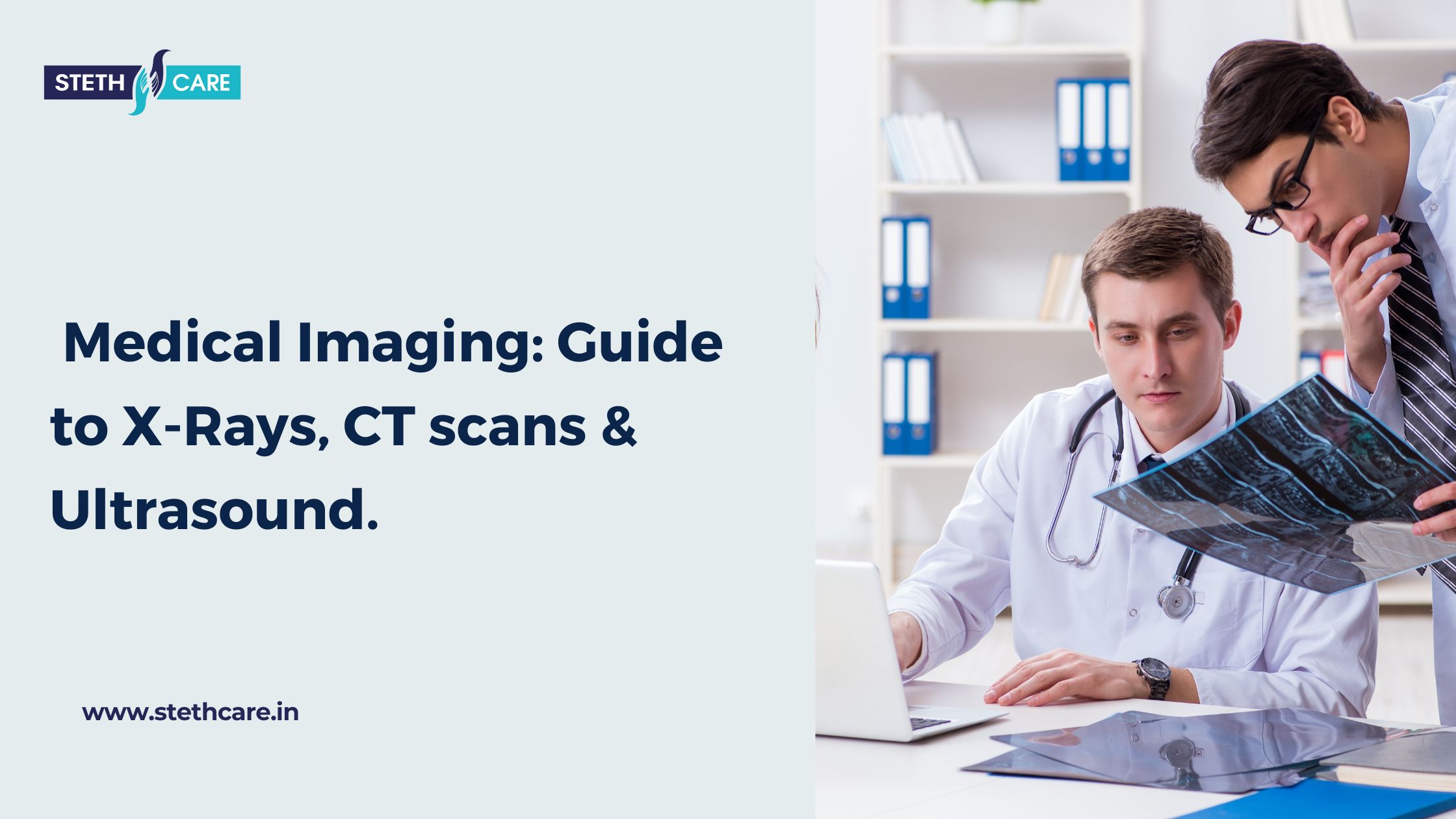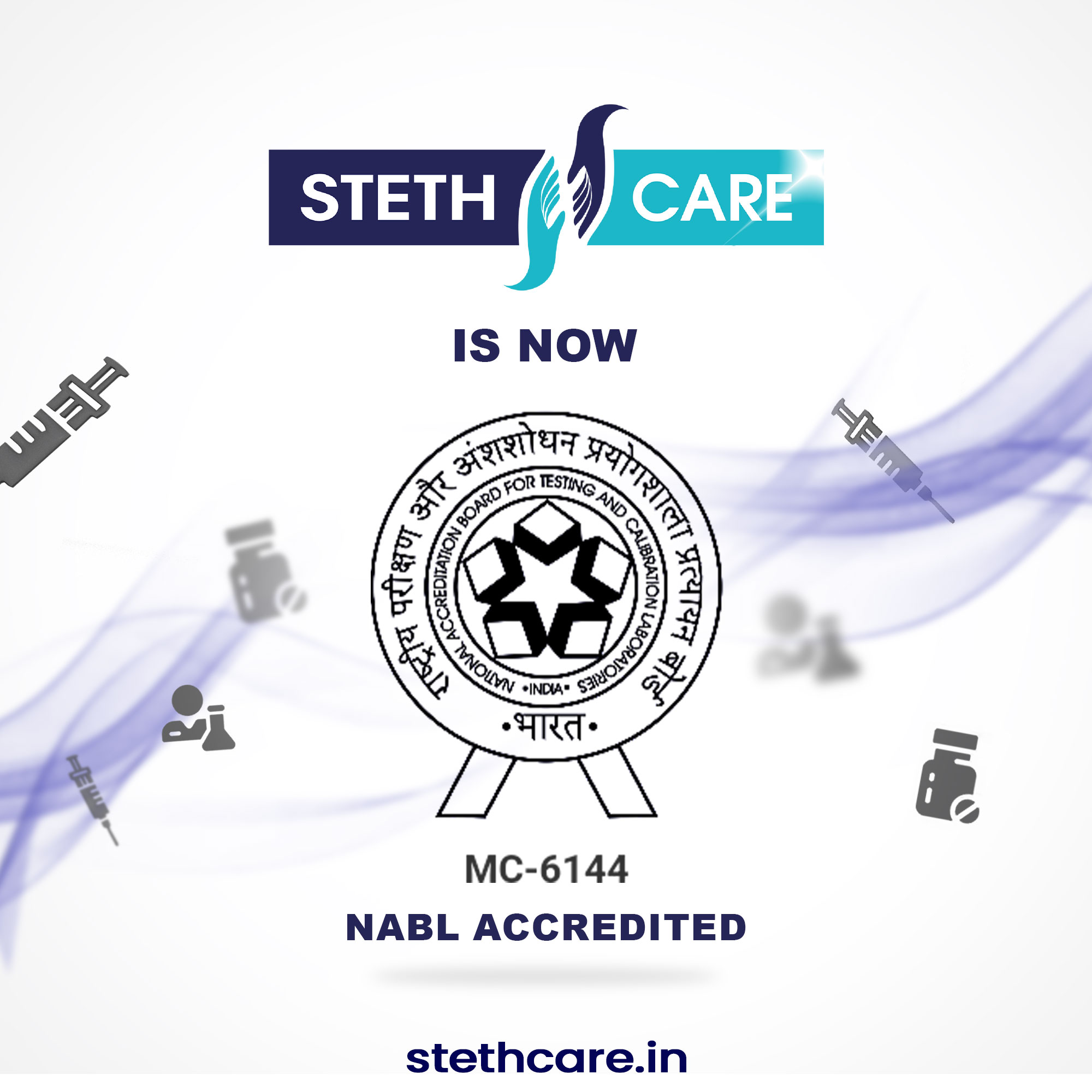
Future of Healthcare Diagnostics: As technology continues to advance, the healthcare industry is not left behind. In recent years, there have been significant innovations and advancements in the field of diagnostics. These innovations have revolutionized healthcare by improving the accuracy and speed of diagnosis, leading to better patient outcomes.
In this article, you will explore the future of diagnostics in healthcare, the importance of early diagnosis, innovations in diagnostic technology, advancements in diagnostic imaging, challenges in implementing new diagnostic technologies, the impact of the future of diagnostics on healthcare, and future trends in diagnostic technology.
Importance of Early Diagnosis:
Early diagnosis is crucial in the treatment of diseases because it can significantly improve patient outcomes. When diseases are detected early, they are often easier to treat, and patients have a higher chance of recovery. Early diagnosis can also reduce the cost of treatment by minimizing the need for expensive interventions.
One of the key benefits of early diagnosis is the ability to detect diseases before they become symptomatic. For example, in the case of cancer, early detection can lead to better outcomes, as the cancer is often smaller and easier to treat. In addition, early detection can help healthcare professionals identify patients who are at risk of developing certain diseases, allowing for early intervention and preventative measures. Early diagnosis is not only important for the treatment of diseases but also for the prevention of diseases. By identifying risk factors and implementing preventative measures, healthcare professionals can reduce the incidence of diseases in the population.
Innovations in Diagnostic Technology:
Innovations in diagnostic technology have significantly improved the accuracy and speed of diagnoses. One of the most significant advancements in diagnostic technology is the development of molecular diagnostics. This technology allows healthcare professionals to diagnose diseases at the molecular level, which can lead to earlier detection and more accurate diagnoses.
Another significant innovation in diagnostic technology is point-of-care testing. Point-of-care testing allows healthcare professionals to conduct diagnostic tests at the bedside or in the doctor’s office, leading to faster diagnoses and quicker treatment. Artificial intelligence (AI) is also playing a significant role in diagnostic technology. AI algorithms can analyze large amounts of data and provide healthcare professionals with more accurate and timely diagnoses. This technology has the potential to greatly improve patient outcomes by reducing the time it takes to diagnose and treat diseases
Advancements in Diagnostic Imaging:
Advancements in diagnostic imaging have also revolutionized healthcare. Imaging technologies such as magnetic resonance imaging (MRI), computed tomography (CT), and positron emission tomography (PET) have greatly improved the accuracy of diagnoses. These imaging technologies provide healthcare professionals with detailed images of the body, allowing for more accurate diagnoses and treatment planning.
In addition to traditional imaging technologies, new advancements such as photoacoustic imaging and ultrasound elastography are being developed. These technologies have the potential to further improve the accuracy and speed of diagnoses.
Challenges In Diagnostic Technologies:
Despite the significant benefits of new diagnostic technologies, there are also challenges in implementing them. One of the biggest challenges is the cost of these technologies. New diagnostic technologies can be expensive to develop and implement, making them inaccessible to many healthcare facilities.
Another challenge is the need for specialized training for healthcare professionals. New diagnostic technologies require specialized knowledge and training, which can be difficult to obtain for healthcare professionals in rural or remote areas.
There is also a need for regulatory approval for new diagnostic technologies. Regulatory approval can be a lengthy and expensive process, which can delay the implementation of new technologies.
The Impact of Future of Diagnostics on Healthcare
The future of diagnostics has the potential to greatly impact healthcare. By improving the accuracy and speed of diagnoses, healthcare professionals can provide better care and improve patient outcomes. Early diagnosis can also reduce the cost of treatment by minimizing the need for expensive interventions.
The future of diagnostics may also lead to a shift in healthcare from a reactive model to a proactive model. By identifying risk factors and implementing preventative measures, healthcare professionals can reduce the incidence of diseases in the population.
Future Trends in Diagnostic Technology
The future of diagnostics is bright, with many new technologies on the horizon. One of the most promising areas of development is liquid biopsy. Liquid biopsy is a non-invasive diagnostic test that can detect cancer biomarkers in blood or other bodily fluids. This technology has the potential to greatly improve the accuracy and speed of cancer diagnoses.
Another area of development is wearable diagnostic technology. Wearable devices such as smartwatches and fitness trackers can monitor vital signs and detect early signs of disease. These devices have the potential to greatly improve preventative care by identifying risk factors and implementing preventative measures.
Conclusion:
In conclusion, the future of diagnostics in healthcare is promising. Innovations in diagnostic technology and advancements in diagnostic imaging have greatly improved the accuracy and speed of diagnoses, leading to better patient outcomes. Despite the challenges in implementing new diagnostic technologies, the potential benefits are significant. The future of diagnostics has the potential to greatly impact healthcare by improving preventative care, reducing the incidence of diseases, and shifting healthcare from a reactive model to a proactive model. As new technologies continue to be developed, the future of diagnostics in healthcare looks bright.

